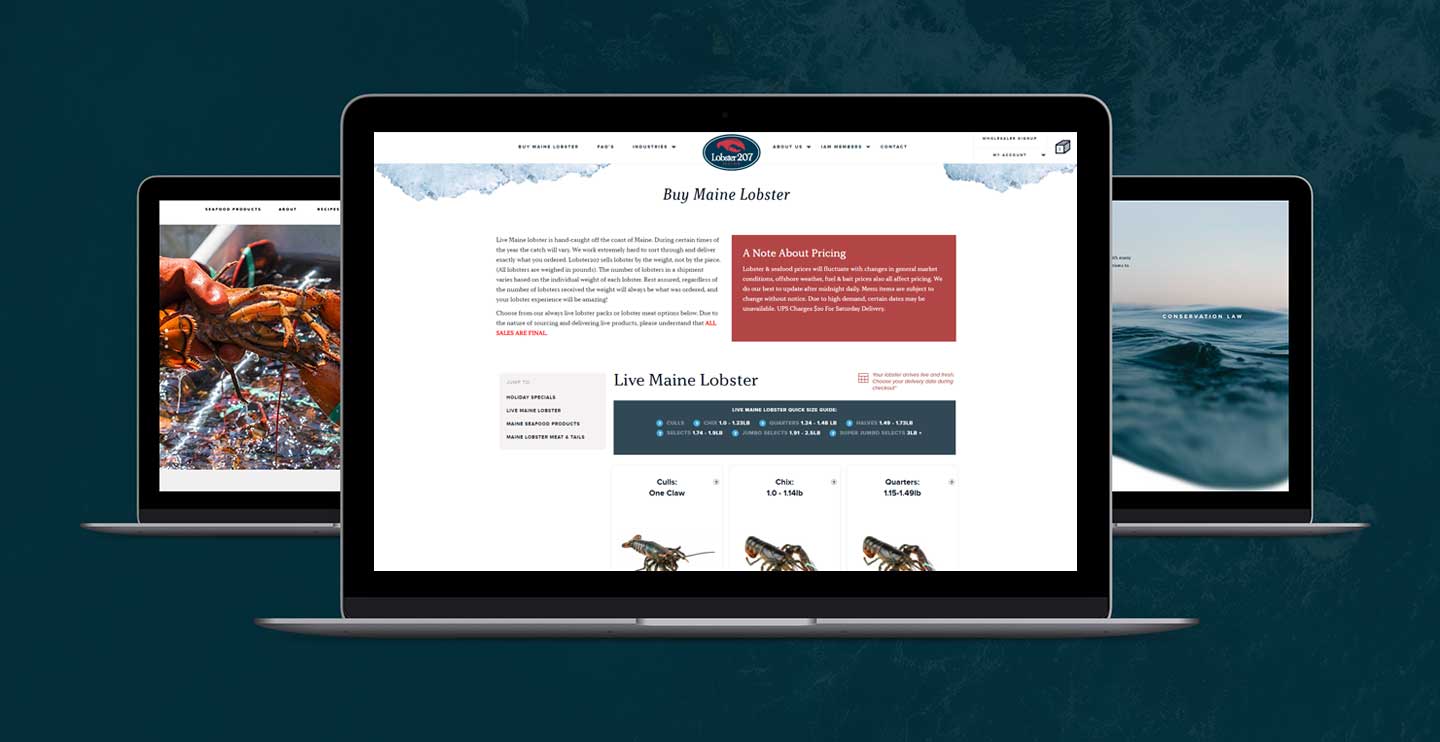In these unusual times, engaging your audience online can make or break your retail business.
By putting more effort into your online presence, you’ll go from worrying about gaining traffic on your website to improving organic search results to improving your digital conversion rates.
Here are 10 online strategies (that really work!) to market your retail business during COVID (and beyond).
1. Create a phenomenal user experience.

A retail website can’t afford a poor user experience. You’ll quickly lose potential customers (and income) with a confusing navigation structure, poorly written content, an unsecure shopping cart, a non-responsive site, and so on. Here’s where to focus your energy:
Create a navigation structure that makes sense. The good news for you is that creating a great user experience isn’t rocket science; many of the steps are really quite simple…including the navigation structure.
Create a page (and product) structure that makes sense for your users. For many retail companies, that means a hierarchy of product categories, followed by the products themselves.
Be sure to avoid “cutesy” names that won’t make sense for visitors and make any links crystal clear for where they lead. Speaking of links, breadcrumbs are a very helpful tactic for online retail shops.
Ensure a secure and easy-to-use shopping cart. We’ve all experienced shopping carts that just don’t feel right. You know the type – confusing, difficult to navigate, and look entirely unsecure. The goal here is to ensure the fewest number of abandoned carts as possible (more on that later).
Eliminate any unnecessary fields and require the fewest amount of fields possible. In addition, keep the steps during checkout to a minimum. As with many website-related recommendations: the fewer the clicks, the better!
Create customer-focused content. It’s easy to focus on the features your product provides – its color, size, shape, general use, etc. Instead, consider focusing on the benefits it provides your customers. What problem(s) will it solve for them?
By thinking about your products by benefit, rather than function, you’ll reach your customers on a deeper level and showcase how your products stand out from the competition.
Create a responsive (mobile friendly) website. In 2020, it’s no longer an option to have a website that doesn’t respond to any screen it’s shown on. What’s more is by having a poor user experience with a non mobile friendly site, you’ll actually lose footing in your search engine results.
If you’re curious about whether your website is responsive, check out the Google Mobile Friendly Test.
Your to do task:
Follow the recommendations above and partner with a web development company who specializes in retail company sites who can give you the right recommendations.
2. Understand who you’re talking to & engage with them where they spend their time.
You may have a general sense of who your ideal customer is….but do you really know them?

Create buyer profiles or personas to help identify the people you’re talking to. Giving your ideal audience faces and names (typically there will be at least 2-3 personas) will help establish who you’re talking to in your marketing efforts. Get super specific with information about their demographics, interests, problems that need solving, and so on.
Then spend time where your customers are. This seems like a simple concept, but it’s actually one that many retail business owners gloss over. There’s no sense in putting time, money, and effort into online spaces that your customers don’t spend time in.
Taking things a step further, it’s critical you engage with ideal customers (rather than talking at them) in order to help improve your bottom line.
Your to do task:
Do your due diligence in researching your ideal customers’ personas, along with where they spend their time online (types of content, social media, etc.).
3. Establish expertise through free content (and even free stuff).
Introduce new customers to your business and your products through free information or, if you can swing it, free stuff. Not only do people love getting things for free, but you now have better access to your ideal audience for reviews, feedback, and much more.
Ensure you always get an email address for free giveaways, as freebies can also help draw customers in to learn more about your company and then buy more in the future.
Your to do task:
Consider what product(s) or content you can provide to your audience for free. Remember to continue engaging this audience long after they’ve received the freebie.
Are you read to keep learning? Continue on to the next two posts in our series!



